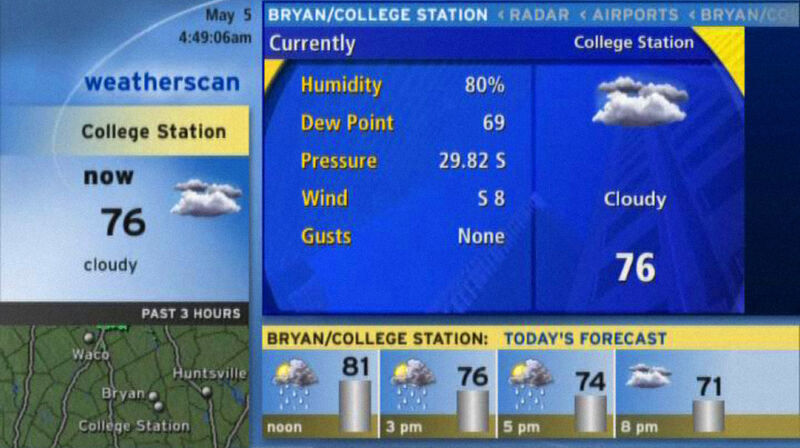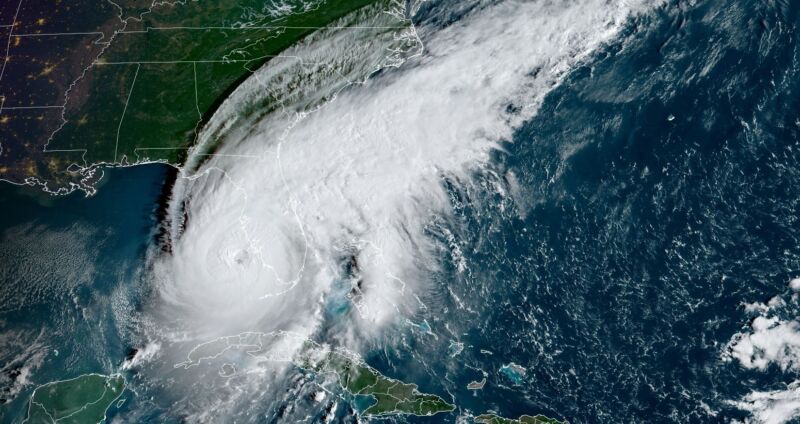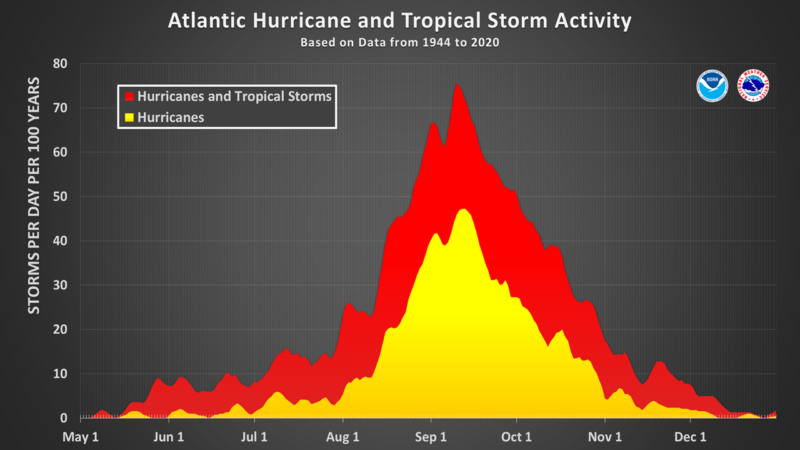-
 chevron_right
chevron_right
We’ve reached the end of a bizarre Atlantic hurricane season
news.movim.eu / ArsTechnica · Monday, 28 November, 2022 - 15:54

Enlarge / Hurricane Ian, as seen from the International Space Station. (credit: NASA)
The Atlantic hurricane season officially ends on Wednesday, bringing to a close the six-month period when the vast majority of tropical activity occurs in the Atlantic Ocean, Gulf of Mexico, and Caribbean Sea.
Prior to the season, forecasters generally expected a busier-than-normal season. However, six months later, overall activity this year has come in slightly below normal. One of the more scientifically rigorous measurements of seasonal activity—based on the length and intensity of storms—is Accumulated Cyclone Energy. This year's value, 95, is about three-quarters of the normal value of 126.
That bland statistic belies the fact that this was an odd season. After three weak early-season storms, the Atlantic basin produced zero named storms between July 3 and August 31. This was the first time since 1941 that the Atlantic had no named storm activity during this period. Then, a light came on. Four hurricanes formed in September, along with three more in November. This brought seasonal activity to near-normal levels.










